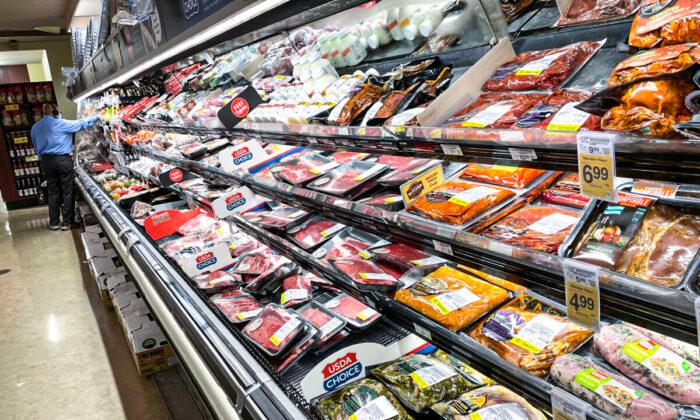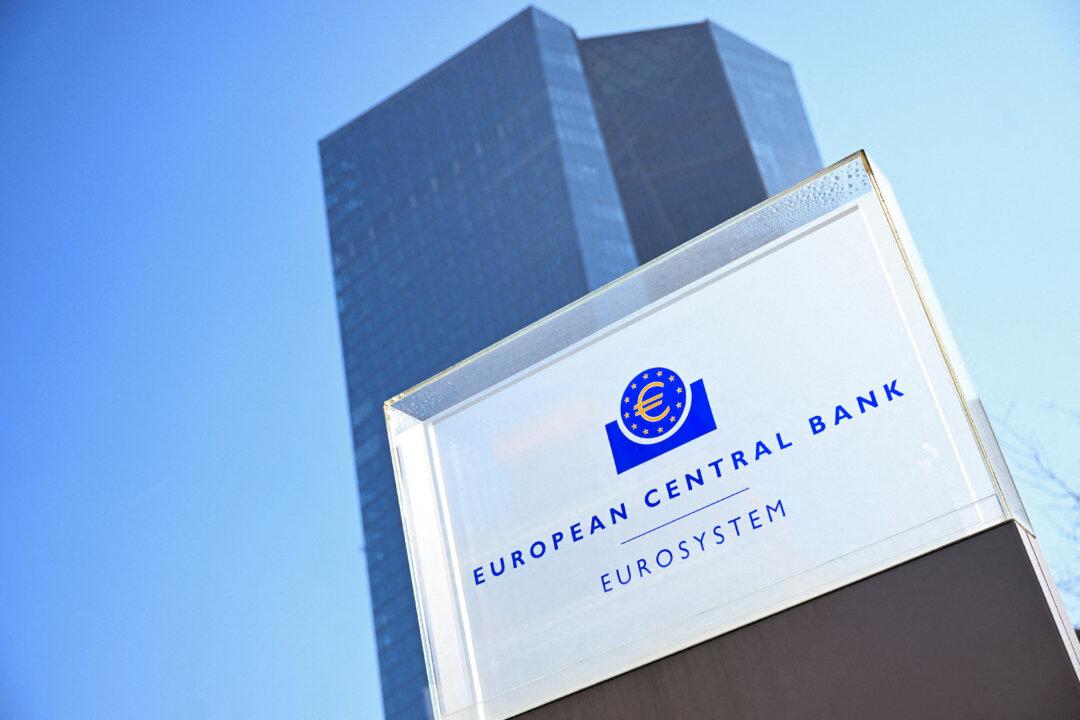Food prices across the world have risen to their highest levels in a decade on the back of tightening supply conditions coupled with robust demand, according to the Food and Agriculture Organization of the United Nations (FAO).
On a month-over-month basis, the index rose by 3.9 points, or 3.0 percent, with the October rise representing the third consecutive month of increases.
Accounting for the bulk of the rise in the index were higher prices of most cereals and vegetable oils.
The FAO vegetable oil price index hit an all-time high of 184.8 points in October, up 16.3 points, or 9.6 percent compared to September’s reading.
“The increase was driven by firmer price quotations for palm, soy, sunflower, and rapeseed oils,” FAO said in a statement, in which it also noted that rising crude oil prices were also a factor.
The agency’s cereal price measure rose to 137.1 points in October, up 4.3 points, or 3.2 percent, from September and vaulting to its highest level since November 2012.
“Tighter availability in global markets due to reduced harvests in major exporters, especially Canada, the Russian Federation, and the United States of America, continued to put upward pressure on prices,” according to FAO.

Dairy prices also rose by 2.2 percent month-over-month in October, while the meat price index edged down 0.7 percent and sugar prices fell 1.8 percent.
“International price quotations for butter, skim milk powder, and whole milk powder rose steeply for the second consecutive month, underpinned by firm global import demand amid buyers’ efforts to secure supplies to build stocks,” FAO said.
Helping to drive down meat prices were drops in international quotations for pig meat, mostly due to reduced buying from China.
“By contrast, poultry meat quotations rose, boosted by high global demand, while production expansions remained weak due to high feed costs and avian flu outbreaks, especially in Europe,” FAO said.

Meanwhile, Butterball CEO Jay Jandrain told Fox News in a recent interview that it’s likely American families will see more expensive Thanksgiving turkeys this year and that smaller ones will be harder to find as inflation remains stubbornly high and the supply chain snarl continues.
At the same time, Jandrain said retailers have been ordering more turkeys in the face of increased demand and it’s “reasonable to expect” higher prices.
While much of the broader inflation story has focused on surging energy costs and products affected by the semiconductor chip shortage, such as used cars, rising food cost signals have also increasingly flashed red.





